Get ready to have your heartstrings tugged and your science minds blown! We’re diving into the adorable world of baby animals and uncovering why we just can’t resist their charms. It’s not just their fluffy fur or big eyes that make us go “aww”—there’s some serious science behind our obsession with all things cute and cuddly. From evolutionary tricks to brain chemistry hacks, these tiny critters have us wrapped around their little paws. So, buckle up for a cuteness overload as we explore the irresistible reasons we’re hardwired to adore baby animals. Warning: This article may cause spontaneous smiling and an urgent need to adopt every baby animal in sight!
1. Those Big, Soulful Eyes (It’s Science!)
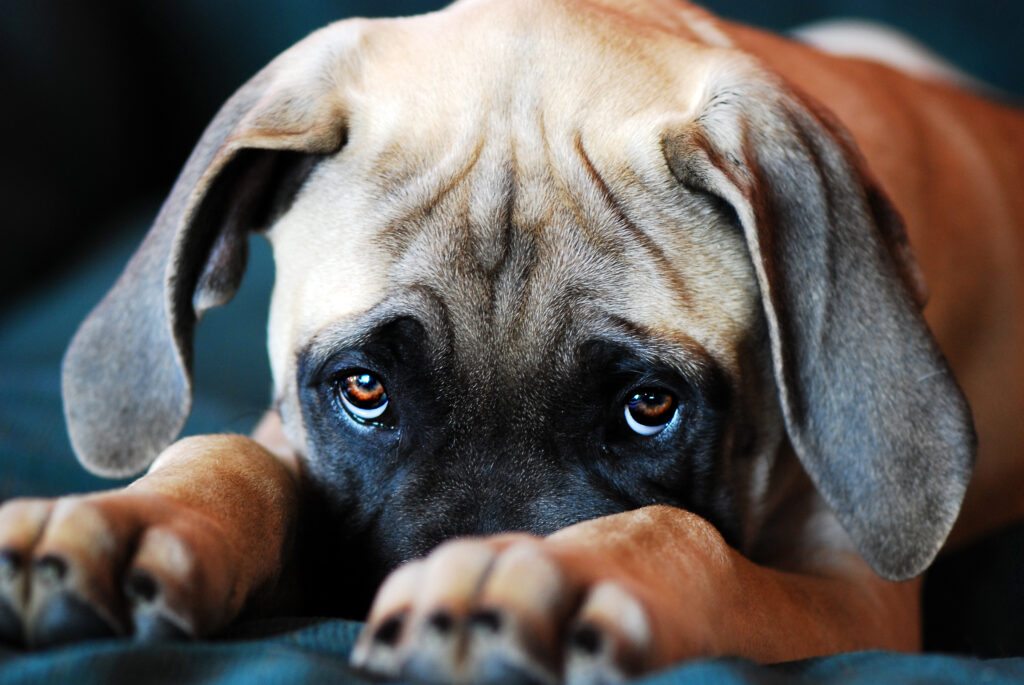
Ever wonder why you can’t say no to those big, soulful puppy eyes? Turns out, it’s not just you being a softie—it’s science! Baby animals have cracked the code of cuteness with their proportionally larger peepers. These adorable eye-to-face ratios trigger what researchers call the “baby schema” effect. It’s like a cuteness overload button in our brains, flooding us with feel-good chemicals and turning us into willing slaves to their every whim. A study by researchers at the University of Portsmouth, led by Dr. Bridget Waller, found that humans are total pushovers for infantile features, regardless of species. So when a puppy tilts its head and gives you that look, it’s basically nature’s version of a Jedi mind trick. Resistance is futile!
2. Tiny Paws, Big Feels
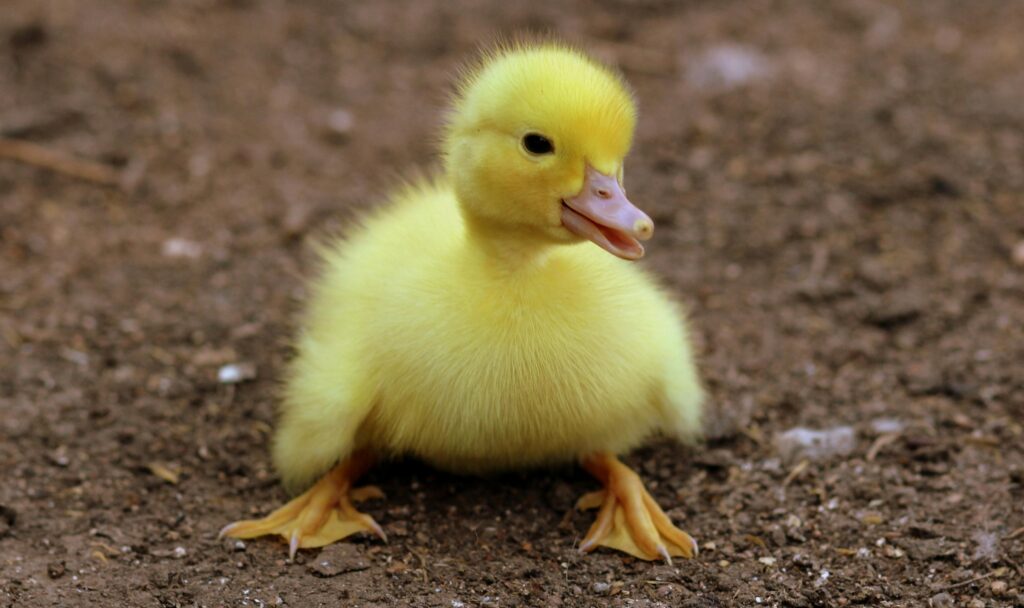
Prepare for your heart to melt faster than ice cream on a hot sidewalk! Those itty-bitty paws aren’t just adorable—they’re emotional kryptonite. Scientists at the University of Oxford, including neuroscientist Morten Kringelbach, discovered that seeing tiny animal paws lights up the same brain areas as when we see human baby hands. It’s like our brains can’t tell the difference between “aww” and “aww-dorable”! Whether it’s a kitten’s jellybean toes or a puppy’s oversized paw pads, these mini-mitts are designed to turn us into cooing, babbling messes. And let’s be real, who hasn’t lost it over a baby fox tripping over its own feet? It’s nature’s slapstick comedy, and we’re all here for it!
3. The Clumsiness is Unmatched
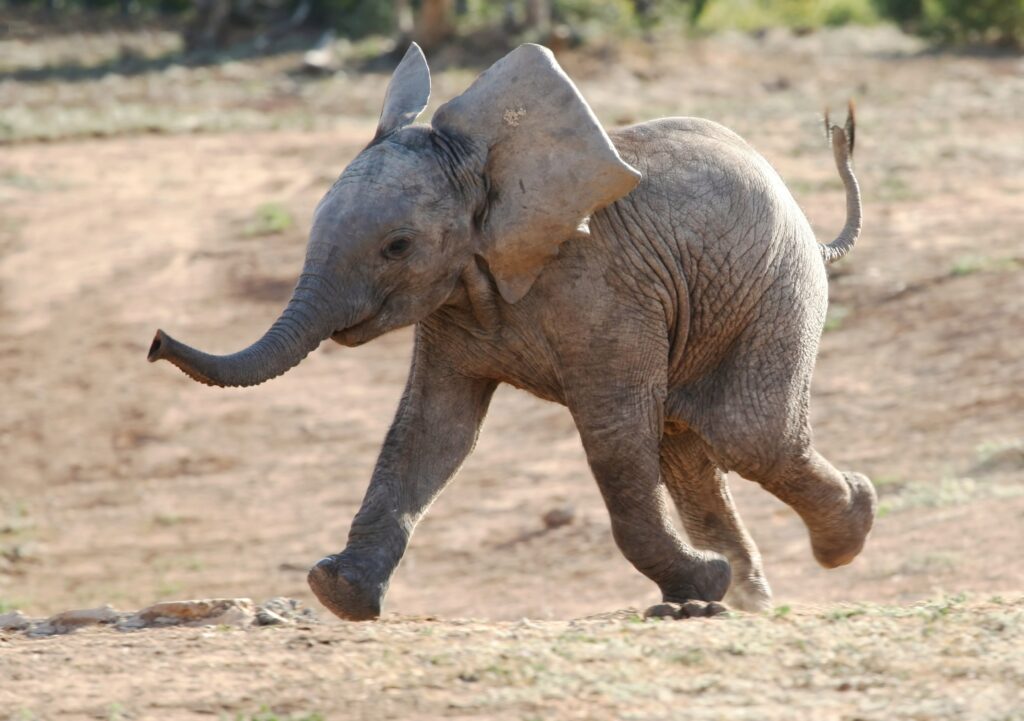
Hold onto your funny bones, folks! Baby animals are the unintentional stand-up comedians of the wild. Evolutionary biologists at the Max Planck Institute, including Dr. Mariska Kret, revealed that this awkward phase is nature’s way of saying, “Hey, I’m just a kid! Please take care of me!” Watching a baby elephant trip over its own trunk or a penguin chick face-plant mid-waddle isn’t just hilarious—it’s a direct line to our nurturing instincts. It’s like they’re auditioning for “America’s Funniest Home Videos: Animal Edition,” and we’re the laugh track that can’t stop giggling. So next time you see a wobbly fawn or a tumbling tiger cub, remember: you’re witnessing millions of years of evolution… with a punchline!
4. Softness and Comfort – That’s Practically Illegal
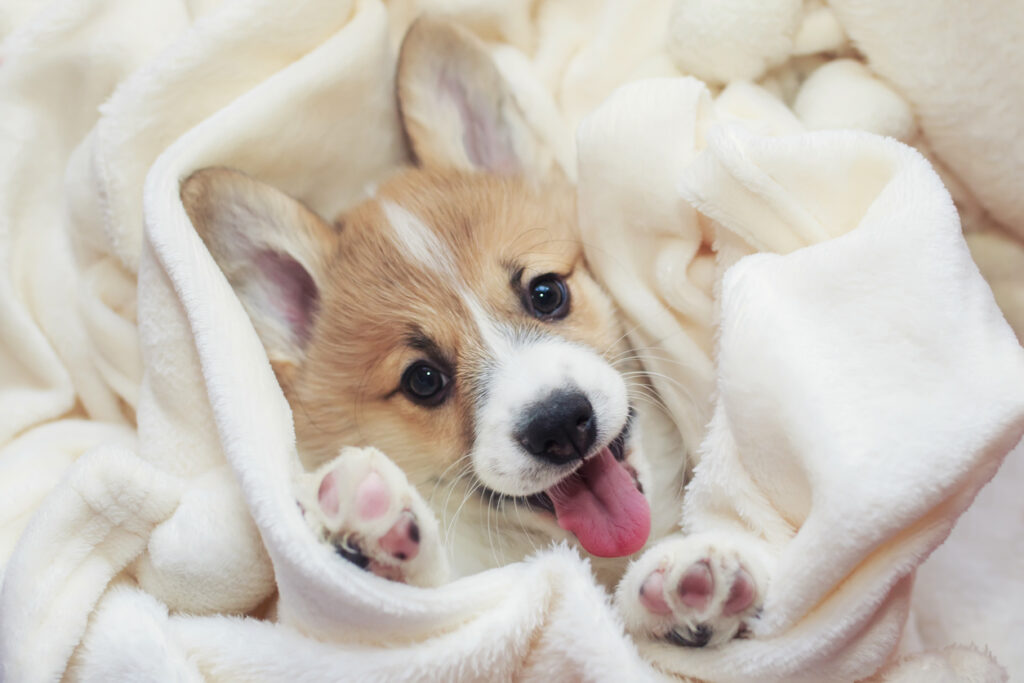
Ever buried your face in a puppy’s fur and felt all your worries melt away? There’s a scientific reason for that fuzzy feeling! Researchers at the University of California, including Dr. Francis McGlone, found that touching soft textures activates our brain’s happy centers faster than you can say “fluffball.” It’s like nature-designed baby animals to be living, breathing stress balls. From kittens with downy coats to ducklings that feel like walking cotton balls, these little furballs are like a direct hotline to Serotonin Central. So the next time you find yourself cuddling a chubby little hamster or stroking a silky rabbit ear, remember: you’re not just indulging in cuteness, you’re practicing science-approved therapy!
5. Vocalizations and Attention – That Tiny, Squeaky Voice
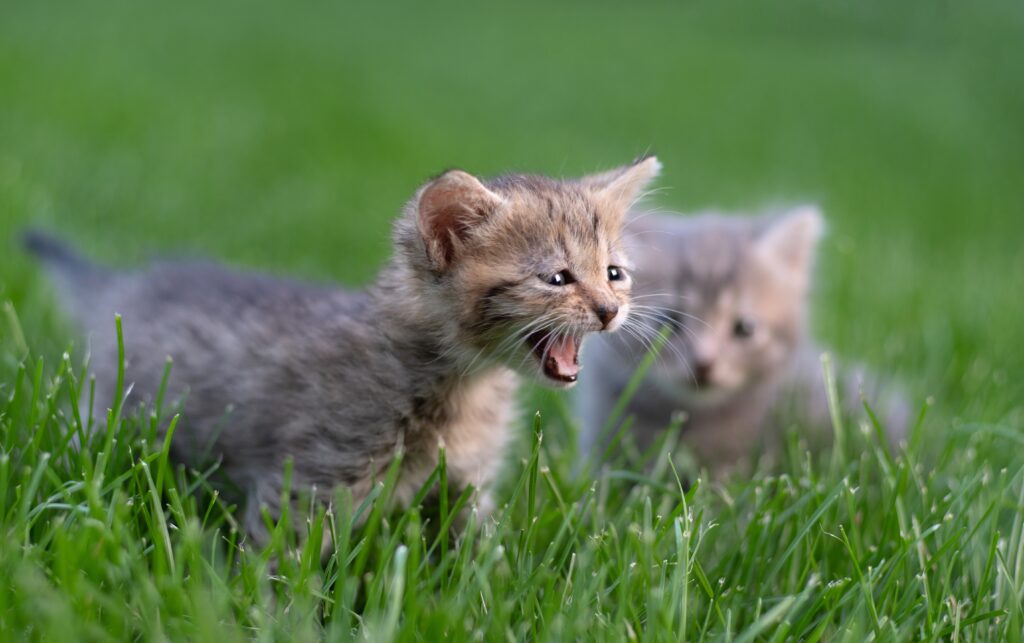
If you’ve ever heard a kitten’s first “meow” or a puppy’s inaugural “yip” and felt your heart grow three sizes, you’re not alone! Those high-pitched baby animal sounds are like auditory catnip for humans. Scientists at the University of London, led by Dr. Nicolas Mathevon, discovered these squeaky little noises hijack the same brain circuits that respond to human baby cries. It’s nature’s way of ensuring these adorable attention-seekers get all the care (and treats) they need. And let’s be honest, who can resist a baby goat’s bleat or a chick’s cheep? It’s like they’re saying, “Hey you! Yes, you with the opposable thumbs! I’m cute and I need snuggles!” Sneaky? Absolutely. Effective? You bet your last dog biscuit it is!
6. Play Behavior – They Play Like No One’s Watching

Watching baby animals play isn’t just entertainment—it’s an evolutionary masterpiece in action! These little goofballs tumbling over each other, chasing tails, and play-fighting are honing crucial survival skills. It’s like nature’s own version of Ninja Warrior but with 100% more fluff. Studies by researchers at the University of Tennessee, including Dr. Gordon Burghardt, show that play behavior in young animals is key for developing physical coordination, social skills, and problem-solving abilities. So when you see lion cubs wrestling or otters having a splash party, you’re witnessing the cutest boot camp ever. It’s survival of the silliest, and we’re all lucky enough to have front-row seats to this adorable show!
7. Sleep Patterns – The Way They Nap Anywhere, Anytime
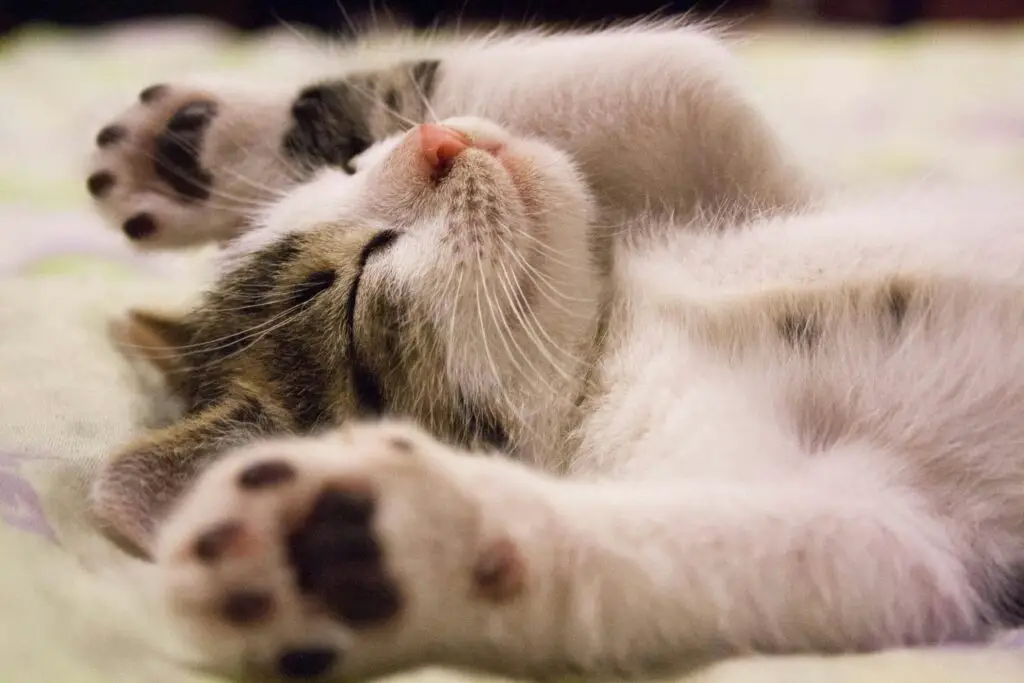
If sleeping were an Olympic sport, baby animals would take gold every time! These pint-sized nappers have turned catching Z’s into an art form. Whether it’s a kitten snoozing in a flower pot or a puppy conked out mid-play, their ability to fall asleep anywhere anytime is nothing short of miraculous. Scientists at the University of Lyon, led by Dr. Paul-Antoine Libourel, call it “polyphasic sleep,” but we call it adorable. And those tiny twitches and yawns? That’s their brains processing all the new skills they’re learning. So next time you catch a duckling dozing off mid-waddle or a piglet snoring in a mud puddle, remember: you’re watching a tiny genius at work. Who knew learning could look so cute?
8. Body Shape and Size – Chubby Cheeks and Chunky Bellies
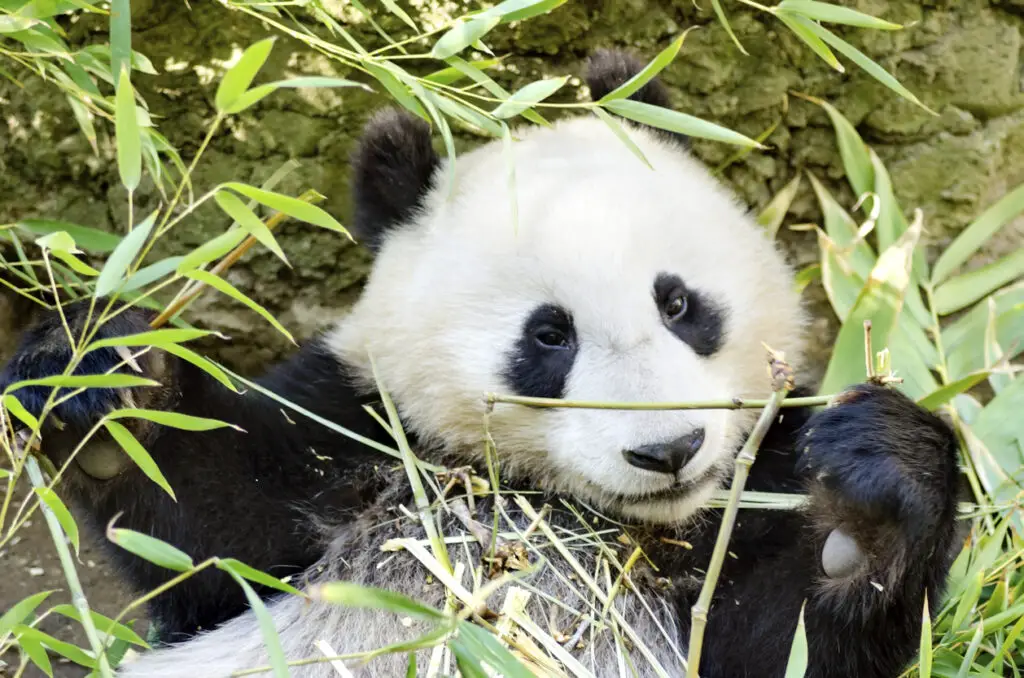
Ever wondered why baby animals are so irresistibly chubby? It’s not just baby fat—it’s an evolutionary strategy wrapped in a cuddly package! Those pudgy bellies and roly-poly limbs are nature’s way of saying, “Look how healthy and huggable I am!” Studies by researchers at Harvard University, including Dr. Charles Nelson, show that humans are hardwired to find round, soft shapes appealing, triggering our nurturing instincts faster than you can say “chubby cheeks.” So when you see a plump penguin chick or a rotund tiger cub and feel the overwhelming urge to squish, that’s just your brain doing exactly what millions of years of evolution designed it to do. Chubby is the new cute!
9. Mimicry and Learning – Tiny Versions of Grown-Up Behaviors
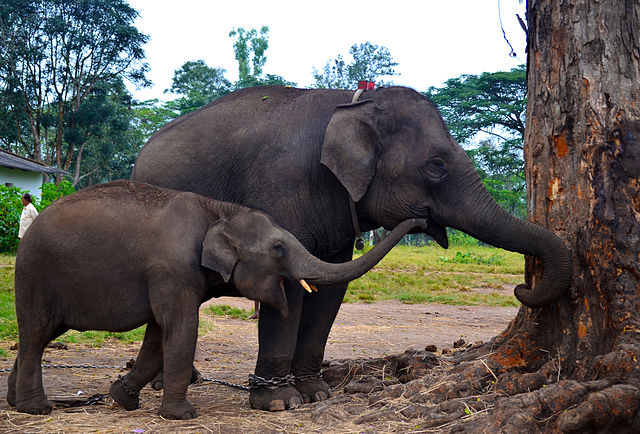
Is there anything cuter than a baby animal trying to act all grown up? Picture a lion cub attempting a mighty roar that comes out as an adorable squeak, or a baby elephant figuring out how to use its trunk. These “Mini-Me” moments aren’t just heart-meltingly sweet—they’re crucial learning experiences. Scientists at the University of Cambridge, including Dr. Nicola Clayton, have found that when baby animals mimic adult behaviors, they’re actually building neural pathways essential for survival. It’s like they’re starring in their own tiny training montages! So the next time you see a wobbly foal trying to gallop or a fluffy owlet practicing its head turn, remember: you’re watching the most adorable skills class in the animal kingdom!
10. Emotional Expression – Those Tails That Won’t Quit
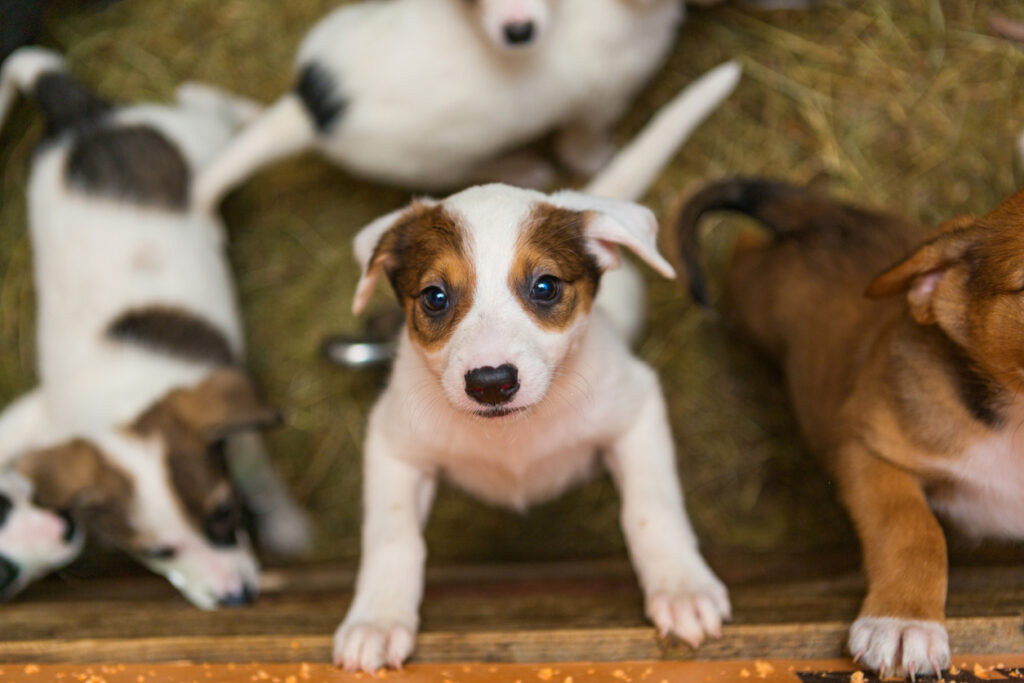
Who needs words when you’ve got a wagging tail? These furry flags of joy are nature’s most adorable mood rings. Whether it’s a puppy’s whole-body wiggle or a kitten’s question mark quiver, tails are telling tales of happiness that don’t need translation. Researchers at the University of Victoria, led by Dr. Sarah Brosnan, found that humans are incredibly good at reading these tail-based emotions, even across species. It’s like we’re all fluent in “Wag-lish!” And it’s not just dogs—baby foxes, raccoons, and even some bird species use tail movements to express excitement. So next time you see a tiny tail going a mile a minute, know that you’re witnessing pure, undiluted joy on a stick!
11. Curiosity and Exploration – They’re Nature’s Best Photobombs
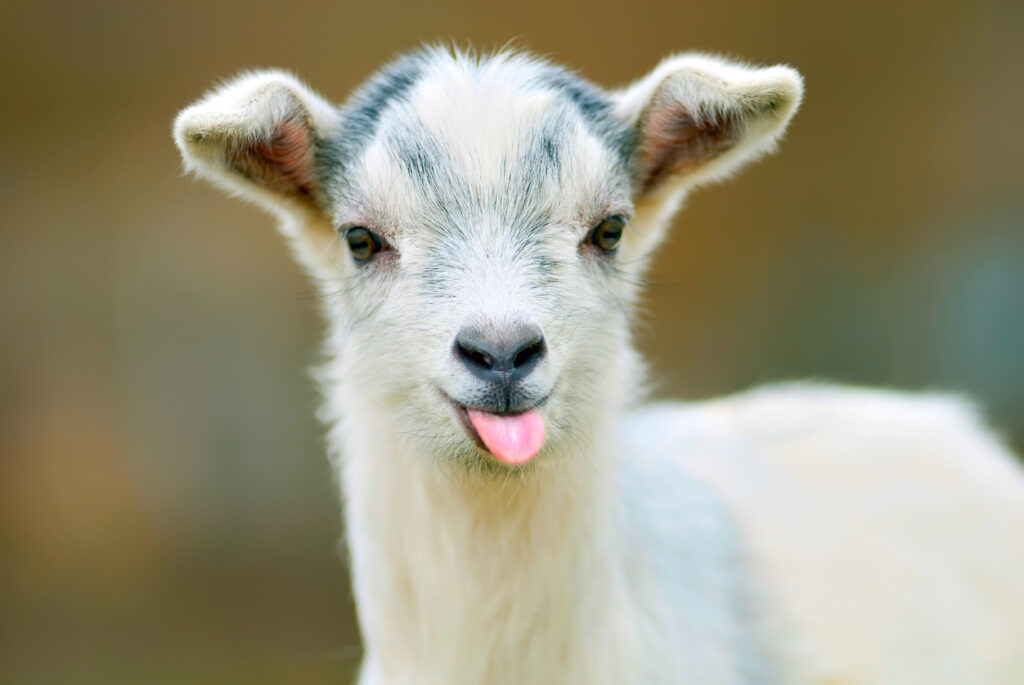
Baby animals are nature’s most adorable adventurers, with a curiosity that knows no bounds! These tiny explorers approach the world with wide-eyed wonder, turning every new discovery into a potential plaything. Scientists at the University of Michigan, including Dr. Alison Bell, call it “neophilia“—a love of new things—but we call it “heart-meltingly cute.” Whether it’s a kitten pouncing on its own shadow or a baby raccoon figuring out how to unscrew a jar lid, their insatiable curiosity is both hilarious and inspiring. It’s like watching tiny scientists conduct the world’s most adorable experiments. Who knew research could be this cute?
12. Bonding and Oxytocin Release – That First “I Love You” Moment
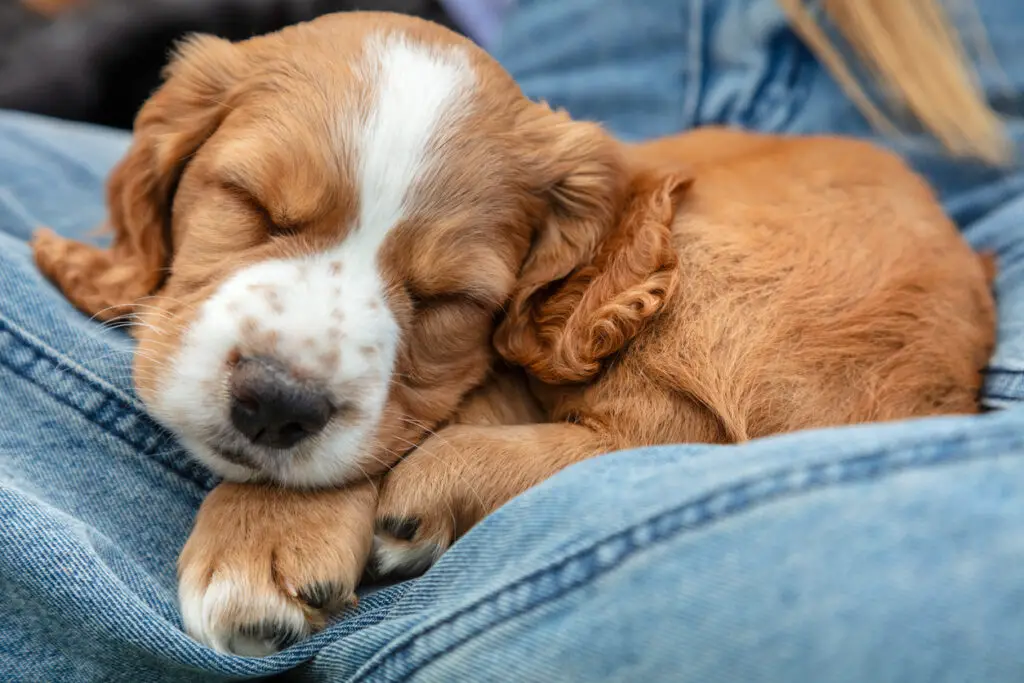
When a puppy gives you that loving gaze or a kitten curls up in your lap for the first time, it’s not just cute—it’s chemistry! These moments of connection trigger a flood of oxytocin, the “love hormone,” in both human and animal brains. Researchers at Azabu University in Japan, led by Dr. Takefumi Kikusui, found that this interspecies bonding is a two-way street, with baby animals experiencing similar rushes of feel-good chemicals when interacting with humans. So that warm, fuzzy feeling you get when a baby animal shows you affection? It’s mutual! You’re engaging in the cutest chemistry experiment ever.
13. Early Motor Development – Their First Steps Are All Heart
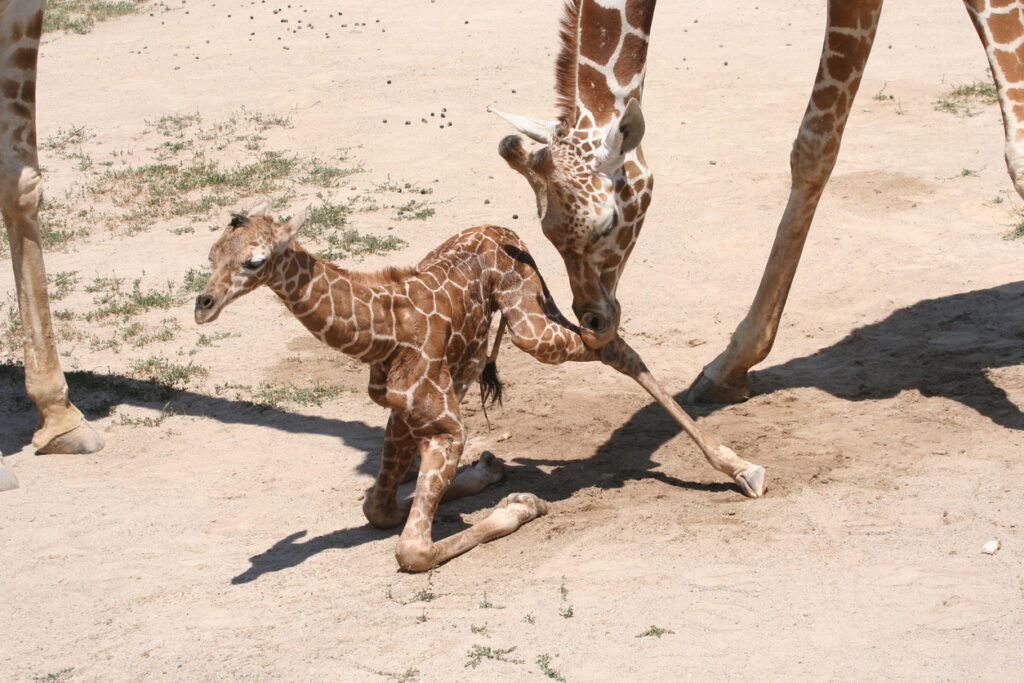
There’s something magical about watching a baby animal take its first steps. Whether it’s a foal finding its legs or a penguin chick waddling for the first time, these wobbly attempts at locomotion are equal parts hilarious and heartwarming. But did you know these clumsy first steps are crucial for brain development? Scientists at the University of Alberta, including Dr. Janice Sawatzky, have found that early movement experiences help wire young brains for future coordination and spatial awareness. It’s like they’re running their own adorable boot camp! So the next time you see a baby giraffe stumbling around like it’s had one too many at the watering hole, remember: you’re watching a future savanna superstar in training!
14. Neoteny and Survival Strategies – Built for Survival (and Cuteness)
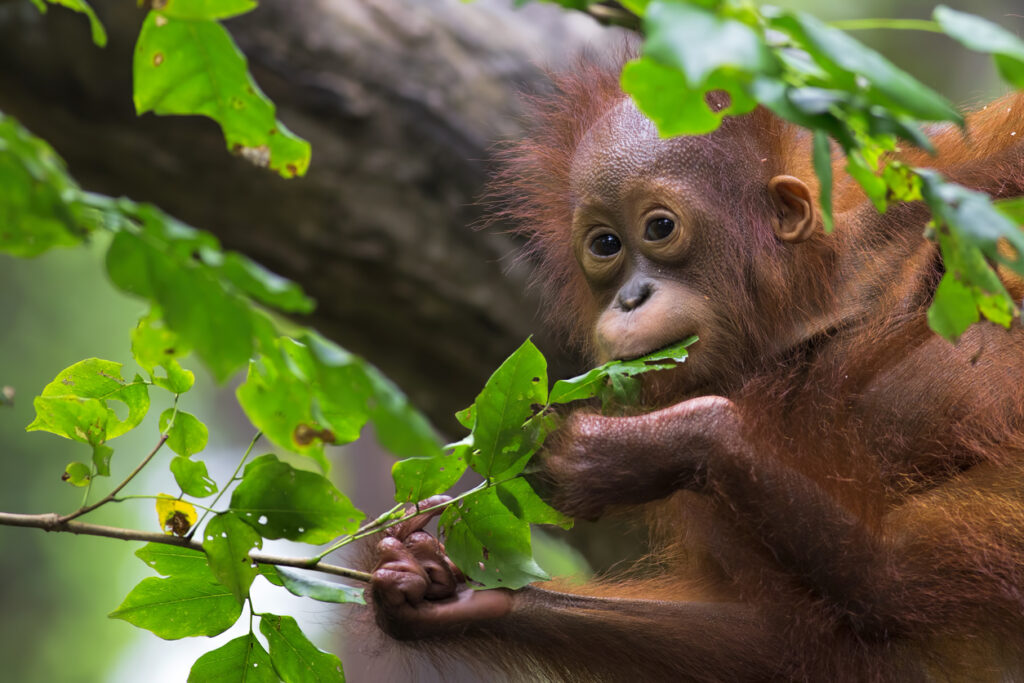
Ever wondered why baby animals are just so darn cute? It’s not just to make us go “aww”—it’s a clever evolutionary strategy! Those big eyes, round faces, and clumsy movements are actually a sophisticated survival mechanism. Evolutionary biologists at the University of Konstanz, led by Dr. Barbara König, call it “neoteny,” but we call it “nature’s secret weapon of mass affection.” These infantile features trigger caregiving instincts not just in their own species, but in humans too. It’s like they’re wearing an invisibility cloak of cuteness that says, “I’m harmless and adorable, please protect me!” So the next time you find yourself cooing over a baby sloth or a fluffy duckling, remember: you’re falling for one of nature’s most brilliant disguises!
15. They Make Us Better Humans
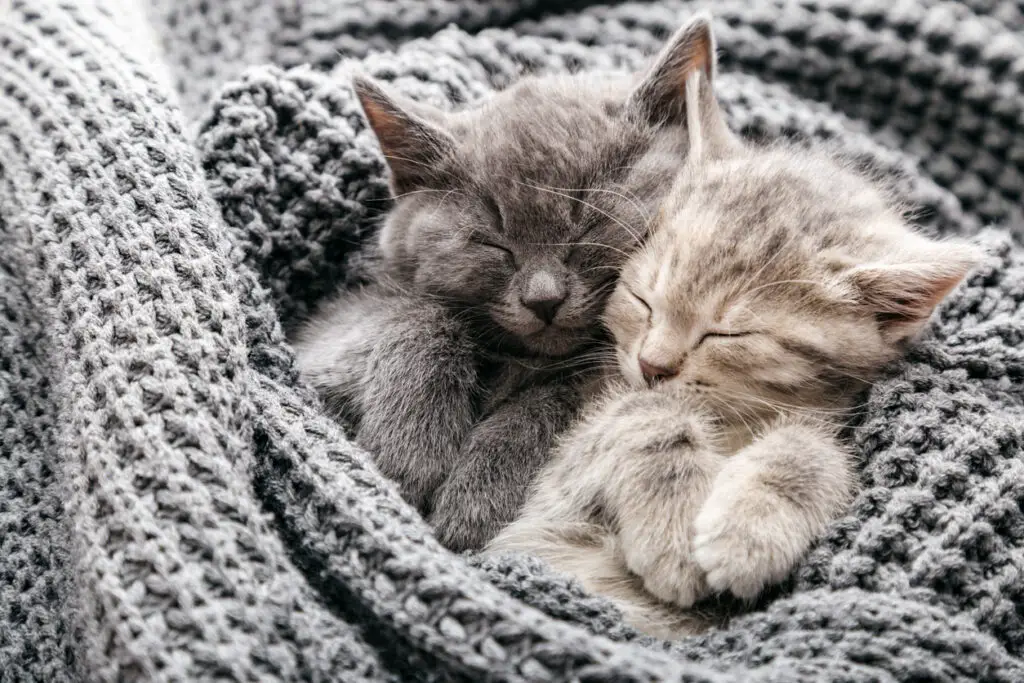
Who knew that snuggling with a puppy or watching kitten videos could be considered therapy? Turns out, interacting with baby animals isn’t just good for our mood—it’s good for our health! Studies by researchers at the University of Leeds, including Dr. Elena Ratschen, show that these adorable encounters can lower stress hormones, boost feel-good chemicals, and even improve our social relationships. It’s like these tiny furballs are fuzzy little doctors, prescribing a daily dose of cuteness overload. From increased empathy to reduced anxiety, the benefits of baby-animal interactions are the real deal. So the next time you find yourself watching endless baby animal videos online, don’t feel guilty—you’re just practicing some very important self-care! Irresistible Reasons We’re Hardwired to Adore Baby Animals (And Science Agrees)
There you have it, folks—the science of squee! From those big puppy dog eyes to the tiniest of toe beans, baby animals are nature’s ultimate mood boosters. But remember, while these little furballs might seem like they were designed just to make us happy, they play crucial roles in their ecosystems. So next time you’re melting over a kitten video or cooing at a duckling, know that you’re not just indulging in cuteness—you’re participating in an age-old dance of evolution and survival. Let’s cherish these adorable creatures and do our part to ensure they have a bright future. After all, a world without baby animals would be un-bear-able!


